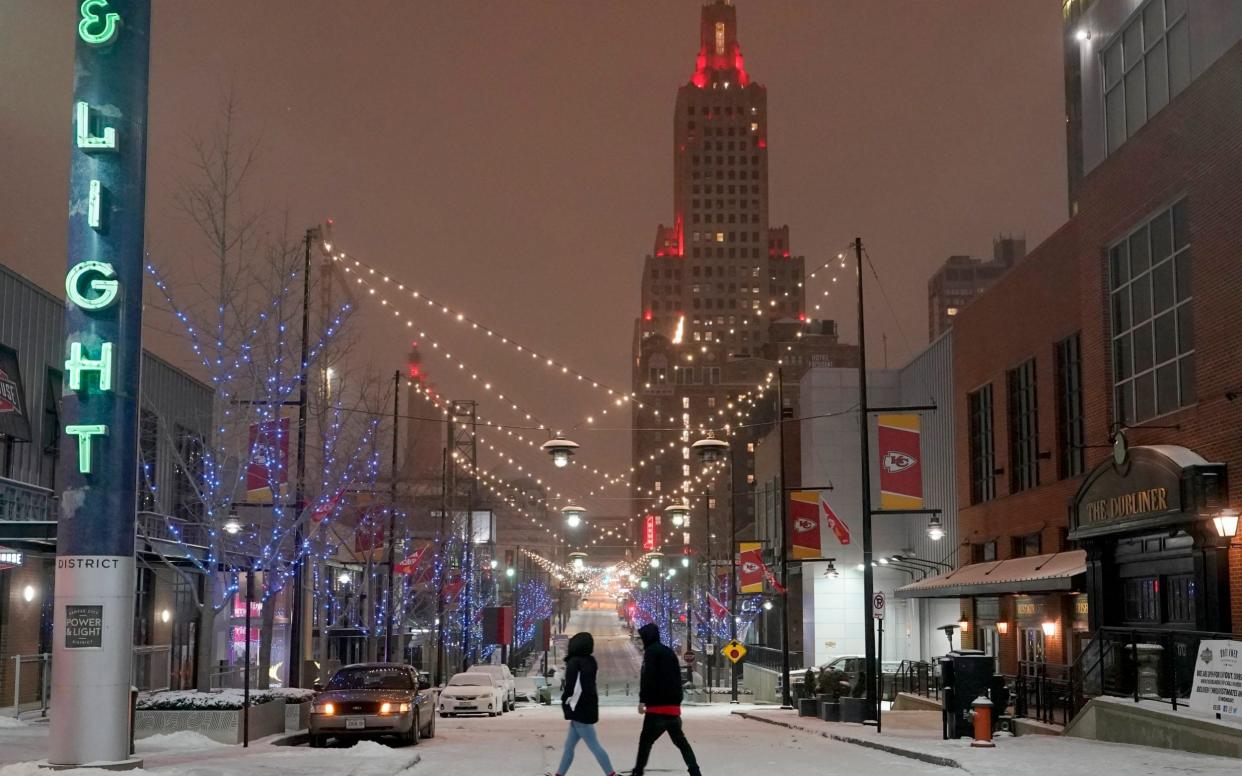Living near neon lights increases risk of thyroid cancer by 55 per cent, study finds

Artificial light from street lamps and buildings at night can make people 55 per cent more prone to thyroid cancer by suppressing hormones and disrupting their sleep patterns, say researchers.
With increasing light pollution, especially in major cities, previous studies found man-made lights caused a higher risk of breast cancer. Because thyroid cancer is affected by similar hormones, scientists examined whether it was the same for that disease.
The University of Texas study, which started in 1995, followed 464,371 Americans aged 50 to 71 for an average of 12.8 years. During this time, 856 cases of thyroid cancer were diagnosed - 384 in men and 472 in women.
Satellite images were used to determine the levels of light pollution around each person's home. State cancer registry data was used to examine thyroid cancer diagnoses.
People in the most light-polluted places had a 55 per cent higher risk of thyroid cancer. Women were the most affected, except where the cancer had spread. And whether tumours were big or small did not make any difference.
Dr Qian Xiao said: "Light at night suppresses melatonin, a modulator of oestrogen activity that may have important anti-tumour effects. Also, light at night may lead to disruption of the body's internal clock, which is a risk factor for various types of cancer.
"We hope our study will motivate researchers to further examine the relationship between light at night and cancer, and other diseases."
The findings were published in the journal Cancer.

